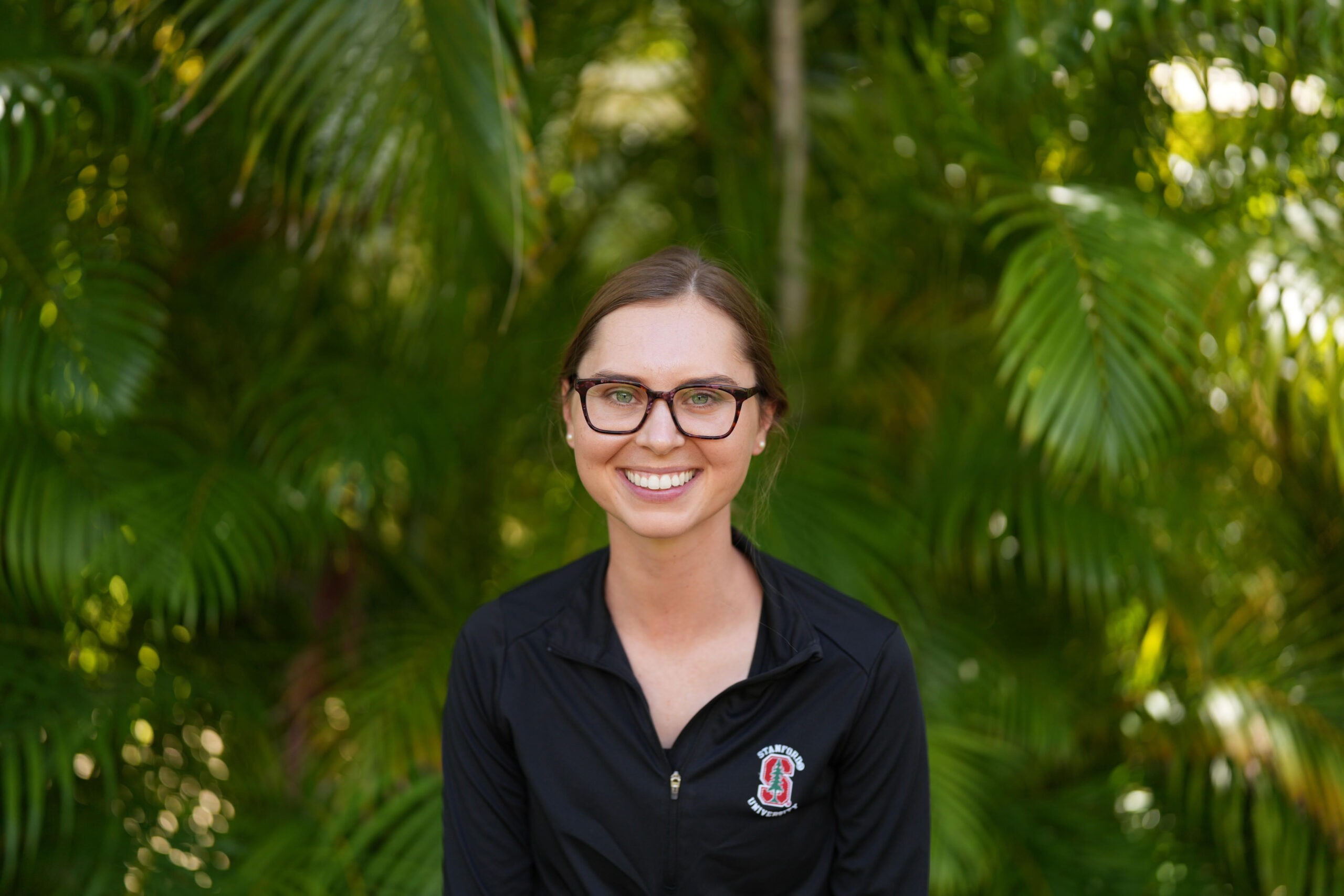Dr. Ashley Blawas | Hopkins Marine Station
Presenting: "Engineering integrative methods for physiological sensing in whales."
Hosted by the MLML Vertebrate Ecology Lab
MLML Seminar | October 1st, 2024 at 4pm (PDT)

Engineering integrative methods for physiological sensing in whales.
High-resolution biologgers record detailed information about an animal in its natural environment and provide important information about species, like large-bodied whales, that are fully-aquatic and often difficult to observe. While traditional analyses of biologging tag data provide insights about an individual’s three-dimensional movement, recent engineered solutions are enabling direct measurements of physiological parameters, like heart rate, from non-invasive, suction-cup attached whale biologgers. Similarly, an increase in capacity for molecular analysis of tissue samples has uncovered the potential for unique adaptations at the cellular level to support the large body sizes, elevated breath-hold capacities, and extreme seasonal energetics of whales. Combining physiological rate measurements with information about cellular function and whole-organism diving behavior provides an unparalleled opportunity to understand the traits that underpin the extreme physiological function of cetaceans. This seminar will cover the “hows” and “whys” of physiological sensing in whales across multiple scales of biological organization and will conclude with major takeaways as to how these methods could be applied to benefit both comparative physiology as well as conservation and translational medicine.
Dr. Ashley Blawas
Postdoctoral Researcher, Hopkins Marine Station
Dr. Ashley Blawas is a postdoctoral researcher in the Goldbogen Lab at Hopkins Marine Station of Stanford University. She completed her B.S.E. in Biomedical Engineering at Duke University and her Ph.D. in Marine Science at the Duke University Marine Laboratory in the Nowacek Lab. She works at the intersection of marine mammal science, engineering, and ecological physiology to investigate the physiological traits that underpin the extreme metabolic function of cetaceans. To date, her work has led to new insights that inform our understanding of basic physiological principles as well as translational medicine and conservation. At Stanford she studies the physiology of baleen whales off the California coast using biologging tags and has been developing the capacity for physio-logging by engineering novel designs for electrocardiogram (ECG) equipped tags. Her ongoing research also includes understanding the scaling of physiological rates in cetaceans and the molecular drivers of extreme cardiac function in diving baleen whales.



